Home>Articles>Where Should I Put The Carbon Monoxide Detector
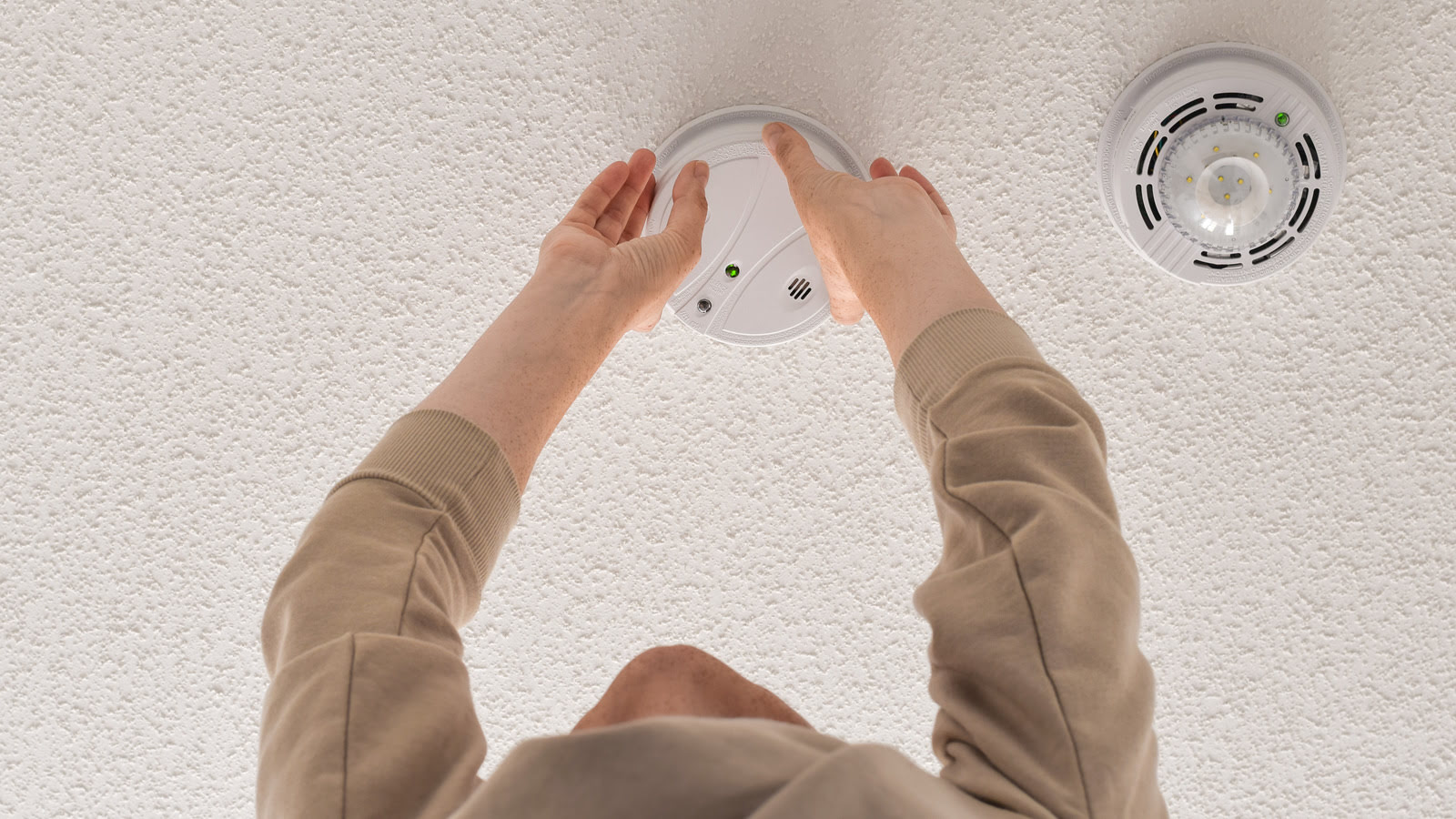

Articles
Where Should I Put The Carbon Monoxide Detector
Modified: December 7, 2023
Looking for articles on where to place your carbon monoxide detector? Learn about the best locations and ensure the safety of your home with our expert advice.
(Many of the links in this article redirect to a specific reviewed product. Your purchase of these products through affiliate links helps to generate commission for Storables.com, at no extra cost. Learn more)
Introduction
Welcome to our guide on carbon monoxide detectors and their placement! Carbon monoxide (CO) is a colorless, odorless, and tasteless gas that can be extremely dangerous if not detected. Because of its invisible nature, carbon monoxide is often referred to as the “silent killer”. Every year, numerous cases of carbon monoxide poisoning are reported, resulting in severe health issues and even deaths.
Having a carbon monoxide detector in your home is essential for keeping you and your loved ones safe. These devices are designed to detect the presence of carbon monoxide and emit an alarm to alert you when levels become dangerous. However, knowing where to place these detectors in your home is just as crucial as having one.
In this article, we will guide you through the importance of carbon monoxide detectors and provide placement guidelines to ensure maximum effectiveness. Whether you are a homeowner or a renter, understanding the proper placement of these detectors can be life-saving.
Key Takeaways:
- Proper placement of carbon monoxide detectors in key areas such as bedrooms, living areas, kitchens, basements, and near fuel-burning appliances is crucial for comprehensive coverage and early detection, ensuring the safety of your household.
- Regular testing, battery replacement, and awareness of detector lifespan are essential for maintaining maximum effectiveness. Carbon monoxide detectors are not a substitute for proper maintenance of fuel-burning appliances and ventilation systems.
What is Carbon Monoxide?
Carbon monoxide (CO) is a poisonous gas that is produced when fuels such as gasoline, natural gas, propane, coal, and wood are burned. It is formed from incomplete combustion, which occurs when there is not enough oxygen present during the burning process. Cars, stoves, furnaces, fireplaces, and water heaters are some common sources of carbon monoxide in homes.
One of the reasons carbon monoxide is so dangerous is that it is virtually undetectable without the use of specialized equipment. It is colorless, odorless, and tasteless, making it impossible to identify its presence through our senses alone. Unfortunately, this makes it extremely difficult to detect carbon monoxide poisoning until symptoms appear, which could be too late.
When carbon monoxide is inhaled, it enters the bloodstream and begins to replace oxygen, leading to oxygen deprivation. The body’s ability to deliver oxygen to vital organs and tissues becomes compromised, resulting in a range of symptoms. Initial symptoms of carbon monoxide poisoning may resemble flu-like symptoms, such as headache, nausea, dizziness, confusion, and shortness of breath. Prolonged exposure to high levels of carbon monoxide can be fatal.
It is important to note that carbon monoxide poisoning can affect anyone, regardless of age or physical condition. However, certain individuals might be more susceptible to its effects, including infants, the elderly, people with chronic heart or respiratory conditions, and pets.
To safeguard against carbon monoxide poisoning, it is crucial to have a carbon monoxide detector installed in your home. These devices are designed to detect even low levels of carbon monoxide and emit an audible alarm when dangerous levels are detected, providing you with an early warning sign to evacuate and seek fresh air immediately.
Why Do I Need a Carbon Monoxide Detector?
Carbon monoxide is a silent and deadly gas, and its importance cannot be overstated. Here are a few reasons why you need a carbon monoxide detector in your home:
- To protect yourself and your loved ones: The primary reason for having a carbon monoxide detector is to safeguard the health and well-being of your family. The early detection of carbon monoxide can save lives by providing an audible alarm when dangerous levels are present, allowing you to evacuate and seek fresh air immediately.
- Prevention of carbon monoxide poisoning: Carbon monoxide poisoning can lead to severe health issues, permanent damage to organs, and even death. Having a carbon monoxide detector can help prevent such incidents by providing an early warning sign before symptoms occur, allowing you to take necessary actions to avoid exposure.
- Peace of mind: Knowing that you have a reliable carbon monoxide detector in your home provides peace of mind. It allows you to go about your daily activities without worrying about the invisible threat of carbon monoxide poisoning. You can sleep soundly at night knowing that you and your family are protected.
- Compliance with safety regulations: Many localities and building codes require the installation of carbon monoxide detectors in residential properties. By having a carbon monoxide detector, you ensure compliance with safety regulations and maintain a safe living environment for yourself and future occupants of your home.
- Identification of potential sources: In addition to detecting carbon monoxide, these detectors can also help identify potential sources of carbon monoxide in your home. If the alarm is triggered, it prompts you to investigate the source, such as a malfunctioning appliance or a blocked ventilation system, allowing you to take corrective actions.
It is essential to note that carbon monoxide detectors should never be used as a substitute for proper maintenance of fuel-burning appliances and ventilation systems. Regular inspections, maintenance, and proper ventilation are still necessary to minimize the risk of carbon monoxide leaks.
Placement Guidelines for Carbon Monoxide Detectors
Proper placement of carbon monoxide detectors is crucial for their effectiveness. Here are some guidelines to follow when installing carbon monoxide detectors in your home:
- Location #1: Bedrooms: It is essential to have at least one carbon monoxide detector on each level of your home, including the bedrooms. Since we spend a significant amount of time sleeping, having a detector in the proximity of bedrooms ensures that you are alerted to any potential threat while you are most vulnerable.
- Location #2: Living Areas: Install carbon monoxide detectors in living areas such as the living room, family room, and den. These spaces are often central hubs where family members spend a considerable amount of time, making it crucial to have detectors installed to detect any signs of carbon monoxide.
- Location #3: Kitchens: While not typically a common source of carbon monoxide, it is still a good idea to have a detector in or near the kitchen area. Cooking appliances that use natural gas or propane can potentially produce carbon monoxide if not properly ventilated or maintained, so having a detector in the kitchen can provide an extra layer of protection.
- Location #4: Basements: Basements are another area where carbon monoxide can accumulate, especially if there are fuel-burning appliances or inadequate ventilation. Install detectors in or near the basement to detect any potential carbon monoxide leaks in this area.
- Location #5: Garages: If your garage is attached to your home or if there is a living space above the garage, it is essential to have a carbon monoxide detector in or near the garage. Vehicles running inside the garage can produce high levels of carbon monoxide, which can seep into the living areas if not properly ventilated.
- Location #6: Near Fuel-Burning Appliances: Place detectors near fuel-burning appliances such as furnaces, water heaters, fireplaces, and stoves. These appliances are potential sources of carbon monoxide, so having detectors in close proximity helps detect any leaks or malfunctions quickly.
- Location #7: Near Sleeping Areas: In addition to having detectors in bedrooms, consider placing them near sleeping areas, including guest rooms. This ensures that any guests staying in your home are also protected from potential carbon monoxide exposure.
Remember to follow the manufacturer’s instructions regarding the mounting height and placement recommendations for your specific carbon monoxide detectors. It is also important to test the detectors regularly and replace the batteries according to the manufacturer’s recommendations to maintain their functionality.
By following these guidelines and placing carbon monoxide detectors appropriately throughout your home, you can greatly enhance the safety and well-being of your household.
Location #1: Bedrooms
Installing a carbon monoxide detector in the bedrooms of your home is crucial for your safety and that of your family. Since we spend a significant portion of our time sleeping, it’s important to have early detection capabilities in these areas.
When placing a carbon monoxide detector in the bedroom, there are a few key considerations to keep in mind:
- Placement: Mount the detector on the wall or ceiling, following the manufacturer’s instructions. It should be installed at least 5 feet above the floor to ensure accurate detection.
- Proximity to Sleeping Areas: Place the detector as close to the sleeping areas as possible, ideally within 10 feet. This ensures that the alarm can be heard promptly, alerting you to the presence of carbon monoxide during your most vulnerable state.
- Multiple Bedrooms: If you have multiple bedrooms on a single level, consider installing a carbon monoxide detector in each bedroom. This provides the highest level of protection for everyone in the house.
- Additional Floor Levels: If your home has multiple floors, make sure to have at least one carbon monoxide detector installed on each level, including the bedrooms. This prevents the gas from going undetected and spreading throughout the house.
The placement of carbon monoxide detectors in bedrooms is especially important because the symptoms of carbon monoxide poisoning often mimic common ailments like the flu or fatigue. Having a detector near your sleeping area will prompt an immediate alarm if dangerous levels of carbon monoxide are detected, giving you the opportunity to evacuate and seek fresh air.
Remember to regularly test your carbon monoxide detectors and replace batteries as needed. It’s also important to know the lifespan of your detectors and replace them when necessary to ensure reliable and accurate detection.
By placing carbon monoxide detectors in bedrooms, you are taking a proactive step in protecting yourself and your loved ones from the potential dangers of carbon monoxide poisoning.
Location #2: Living Areas
Installing carbon monoxide detectors in the living areas of your home is essential for comprehensive coverage and early detection of carbon monoxide. These areas, such as the living room, family room, and den, are where family members often gather and spend a significant amount of time.
When placing carbon monoxide detectors in living areas, consider the following guidelines:
- Strategic Placement: Mount the detectors on the walls or ceilings of the living areas, following the manufacturer’s instructions. Ideally, they should be installed at least 5 feet above the floor.
- Central Locations: Place the detectors in central locations within the living areas to ensure maximum coverage. This includes common areas where family members frequently gather, as well as areas near entrances and exits.
- Distance from Potential Carbon Monoxide Sources: Keep the detectors away from potential sources of carbon monoxide, such as fireplaces, wood-burning stoves, and fuel-burning appliances. Placing them at a safe distance ensures that the detectors accurately measure the carbon monoxide levels in the general living area.
- Consider Open Floor Plans: If you have an open floor plan, where the living area seamlessly transitions into the kitchen or dining area, it is advisable to have a carbon monoxide detector placed in each section for comprehensive coverage.
Having carbon monoxide detectors in living areas is crucial because carbon monoxide can infiltrate these spaces, especially if there are fuel-burning appliances like fireplaces or heaters nearby. The detectors serve as an early warning system, alerting you to the presence of carbon monoxide so that you can take immediate action to evacuate and seek fresh air.
Remember to regularly test the detectors and replace their batteries as needed. Additionally, be aware of the lifespan of your detectors and replace them according to the manufacturer’s recommendations to ensure their effectiveness.
By placing carbon monoxide detectors in living areas, you are taking an important step in protecting your family and ensuring a safer living environment.
Place carbon monoxide detectors on every level of your home, including the basement and near sleeping areas. Install them at least 15 feet away from fuel-burning appliances and high-humidity areas like bathrooms.
Location #3: Kitchens
Installing a carbon monoxide detector in or near the kitchen is an important precautionary measure to take, even though kitchens are not typically a common source of carbon monoxide. However, cooking appliances that use natural gas or propane, like stoves and ovens, can potentially produce carbon monoxide if not properly ventilated or maintained.
Consider the following guidelines when placing carbon monoxide detectors in kitchens:
- Strategic Placement: Mount the detectors on the walls or ceilings of the kitchen, following the manufacturer’s instructions. Ensure that the detectors are installed at least 5 feet above the floor.
- Proximity to Appliances: Place the detectors in close proximity to cooking appliances, such as stoves and ovens. This allows for prompt detection of any potential carbon monoxide emissions from these sources.
- Avoid False Alarms: Install the detectors at a safe distance from cooking appliances to minimize the risk of false alarms triggered by normal cooking activities. It is essential to strike a balance between proximity and not interfering with daily cooking routines.
- Consider Ventilation: Ensure that the kitchen is properly ventilated, with range hoods or exhaust fans installed, to minimize the buildup of carbon monoxide. Proper ventilation helps expel any potential carbon monoxide emissions, reducing the risk of exposure.
While carbon monoxide incidents in kitchens are relatively rare, having a detector in or near the kitchen provides an additional layer of protection. In the event of a malfunctioning appliance or a blocked ventilation system, the detector will alert you to the presence of carbon monoxide, allowing you to take appropriate action.
Remember to regularly test your carbon monoxide detectors and replace their batteries as needed. Also, be aware of the lifespan of your detectors and replace them according to the manufacturer’s recommendations.
By placing carbon monoxide detectors in kitchens, you are ensuring the safety of your household and minimizing the risk of potential carbon monoxide exposure in this area of your home.
Location #4: Basements
Basements are another area where carbon monoxide can potentially accumulate, especially if there are fuel-burning appliances like furnaces, water heaters, or boilers present. Proper placement of carbon monoxide detectors in basements is essential to detect any potential leaks or malfunctions and ensure the safety of your home.
Consider the following guidelines when installing carbon monoxide detectors in basements:
- Strategic Placement: Mount the detectors on the walls or ceilings of the basement, following the manufacturer’s instructions. It is important to install them at least 5 feet above the floor.
- Proximity to Appliances: Place the detectors near fuel-burning appliances, such as furnaces or water heaters. These appliances can be potential sources of carbon monoxide leaks if not properly maintained or if there is inadequate ventilation.
- Central Location: Install the detectors in a central area of the basement to ensure adequate coverage. This will help detect any accumulation of carbon monoxide in the space.
- Consider Multiple Levels: If you have a multi-level home, it is important to have at least one carbon monoxide detector on each level, including the basement. This ensures that any potential leaks or accumulation of carbon monoxide in the basement are detected and can be addressed.
Basements can be susceptible to carbon monoxide leaks due to the presence of fuel-burning appliances or insufficient ventilation. Installing carbon monoxide detectors in basements provides an early warning system, allowing you to take immediate action in the event of elevated carbon monoxide levels.
Remember to regularly test your carbon monoxide detectors and replace their batteries as needed. Also, be aware of the lifespan of your detectors and replace them according to the manufacturer’s recommendations.
By placing carbon monoxide detectors in basements, you are taking a proactive step in ensuring the safety of your home, giving you peace of mind and protecting your family from potential carbon monoxide exposure in this area.
Location #5: Garages
While carbon monoxide leaks in garages are relatively uncommon, they can still occur, particularly if your garage is attached to your home or if there is a living space above it. It is important to install carbon monoxide detectors in or near the garage to provide an additional layer of protection for you and your family.
Consider the following guidelines when placing carbon monoxide detectors in garages:
- Close Proximity: Mount the detectors on the walls or ceilings of the garage, as close as possible to the internal door that connects to the main living space of your home. This ensures that any carbon monoxide emissions from vehicles or other potential sources can be detected promptly.
- Strategic Placement: If your garage has multiple levels or separate sections, consider placing a detector in each area to ensure comprehensive coverage. This is especially important if there is a living space above the garage.
- Avoid False Alarms: Place the detectors at a safe distance from direct sources of carbon monoxide, such as vehicle exhaust pipes or other machinery, to prevent false alarms triggered by normal garage activities.
- Consider Ventilation: Ensure that your garage is adequately ventilated, either through windows, vents, or an exhaust fan. Proper ventilation helps to dissipate any potential carbon monoxide buildup and reduce the risk of exposure.
Installing carbon monoxide detectors in garages is particularly important because vehicles running inside enclosed spaces can produce high levels of carbon monoxide, which can seep into the living areas if not properly ventilated. The detectors serve as an early warning system, providing an audible alarm when elevated carbon monoxide levels are detected.
Remember to regularly test your carbon monoxide detectors and replace their batteries as needed. Additionally, be aware of the lifespan of your detectors and replace them according to the manufacturer’s recommendations.
By placing carbon monoxide detectors in garages, you are taking an important step in protecting your home and ensuring the safety of your family from potential carbon monoxide exposure in this area.
Location #6: Near Fuel-Burning Appliances
Installing carbon monoxide detectors near fuel-burning appliances in your home is crucial for early detection and protection against potential carbon monoxide leaks. Fuel-burning appliances such as furnaces, water heaters, fireplaces, and stoves can be sources of carbon monoxide if not properly maintained or if there is a malfunction.
Consider the following guidelines when placing carbon monoxide detectors near fuel-burning appliances:
- Strategic Placement: Mount the detectors on the walls or ceilings in close proximity to the fuel-burning appliances. Follow the manufacturer’s instructions to ensure proper installation and placement height.
- Approximate Distance: Ideally, the detectors should be installed within 10 feet of the fuel-burning appliances. This proximity allows for accurate detection of any carbon monoxide emissions from these sources.
- Different Levels: If you have fuel-burning appliances on multiple levels of your home, it is essential to have carbon monoxide detectors installed near each one. This ensures comprehensive coverage and early detection, regardless of the floor level.
- Avoid Obstructions: Place the detectors in areas where they will not be obstructed by furniture, drapes, or other objects. Obstructions can impede the flow of air and prevent the detectors from accurately detecting carbon monoxide levels.
By placing carbon monoxide detectors near fuel-burning appliances, you are creating an additional layer of protection against potential carbon monoxide leaks. These detectors serve as early warning systems, alerting you to any increased carbon monoxide levels in the vicinity of the appliances.
Remember to regularly test your carbon monoxide detectors and replace their batteries as needed. Additionally, be aware of the lifespan of your detectors and replace them according to the manufacturer’s recommendations for optimal performance.
By following these guidelines and placing carbon monoxide detectors near fuel-burning appliances, you are taking proactive steps to protect your household from potential carbon monoxide exposure in areas most susceptible to leaks.
Location #7: Near Sleeping Areas
Placing carbon monoxide detectors near sleeping areas is of utmost importance to ensure the safety and well-being of individuals during their most vulnerable state. Carbon monoxide is known as the “silent killer” because it is odorless and invisible, making it difficult to detect without proper monitoring.
Consider the following guidelines when installing carbon monoxide detectors near sleeping areas:
- Proximity to Bedrooms: Mount the detectors in close proximity to the bedrooms, preferably within 10 feet. This ensures that alarms can be heard promptly, even if the bedroom doors are closed.
- Placement Height: Install the detectors on the walls or ceilings of the hallway outside the bedrooms. Follow the manufacturer’s instructions regarding the recommended placement height and specific installation guidelines for optimal performance.
- Multiple Sleeping Areas: If you have multiple bedrooms or sleeping areas on the same level, it is advisable to install a carbon monoxide detector in each area. This ensures comprehensive coverage and early detection for all occupants.
- Consider Additional Floors: For multi-level homes, it is crucial to have at least one carbon monoxide detector on each floor, including the level of the sleeping areas. This prevents the potential for undetected carbon monoxide to spread throughout the house.
Placing carbon monoxide detectors near sleeping areas is essential as carbon monoxide poisoning symptoms can mimic common ailments like the flu or fatigue. During sleep, individuals may be less aware of their surroundings, making early detection of carbon monoxide crucial for a timely response and evacuation.
Remember to regularly test your carbon monoxide detectors and replace their batteries as needed. Also, be aware of the lifespan of your detectors and replace them according to the manufacturer’s recommendations.
By placing carbon monoxide detectors near sleeping areas, you are taking a proactive step in ensuring the safety and well-being of your household, providing peace of mind and protection against potential carbon monoxide exposure during vulnerable periods of rest.
Conclusion
Carbon monoxide detectors are essential devices for protecting yourself and your loved ones from the invisible threat of carbon monoxide. Carbon monoxide is a colorless, odorless, and tasteless gas that can be deadly when levels become elevated. By installing carbon monoxide detectors in strategic locations throughout your home, you can detect the presence of this silent killer and take immediate action to prevent harm.
Proper placement of carbon monoxide detectors is critical to ensure their effectiveness. When determining where to place your detectors, consider key areas such as bedrooms, living areas, kitchens, basements, garages, areas near fuel-burning appliances, and near sleeping areas. Each location has its unique risks and requirements, and by following placement guidelines, you can provide comprehensive coverage and early detection.
Regularly test your carbon monoxide detectors to ensure they are functioning correctly and replace batteries as needed. Additionally, be aware of the lifespan of your detectors and replace them according to the manufacturer’s recommendations to maintain maximum effectiveness.
Remember that carbon monoxide detectors are not a substitute for proper maintenance of fuel-burning appliances and ventilation systems. Routine inspections, maintenance, and ensuring proper ventilation are essential to minimize the risk of carbon monoxide leaks in your home.
By following these guidelines and taking the necessary precautions, you can create a safer living environment for you and your family. Prioritize the installation of carbon monoxide detectors in your home, and spread awareness about the importance of carbon monoxide safety to your friends, family, and community.
Stay vigilant, stay protected, and stay safe from the dangers of carbon monoxide!
Frequently Asked Questions about Where Should I Put The Carbon Monoxide Detector
Was this page helpful?
At Storables.com, we guarantee accurate and reliable information. Our content, validated by Expert Board Contributors, is crafted following stringent Editorial Policies. We're committed to providing you with well-researched, expert-backed insights for all your informational needs.
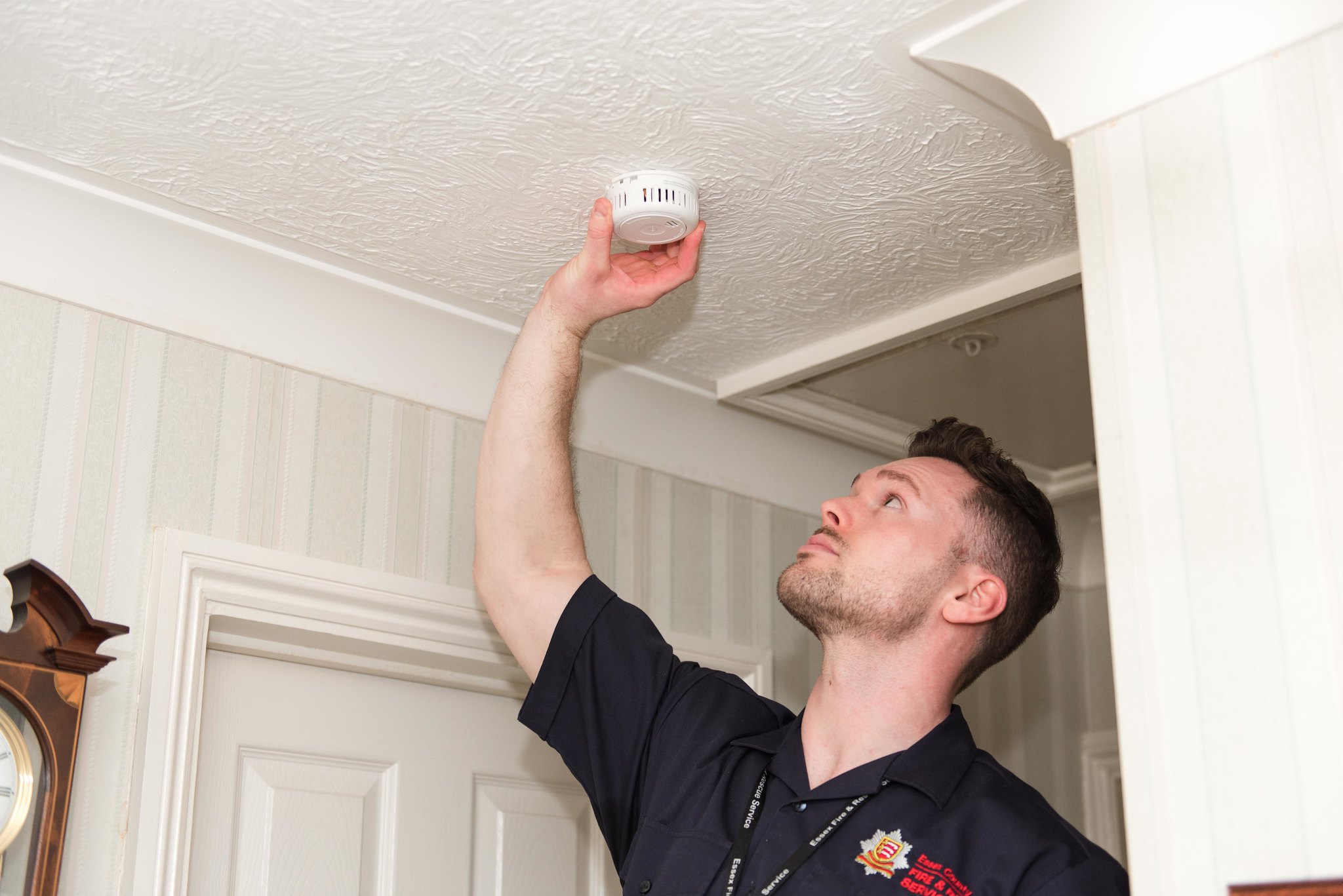
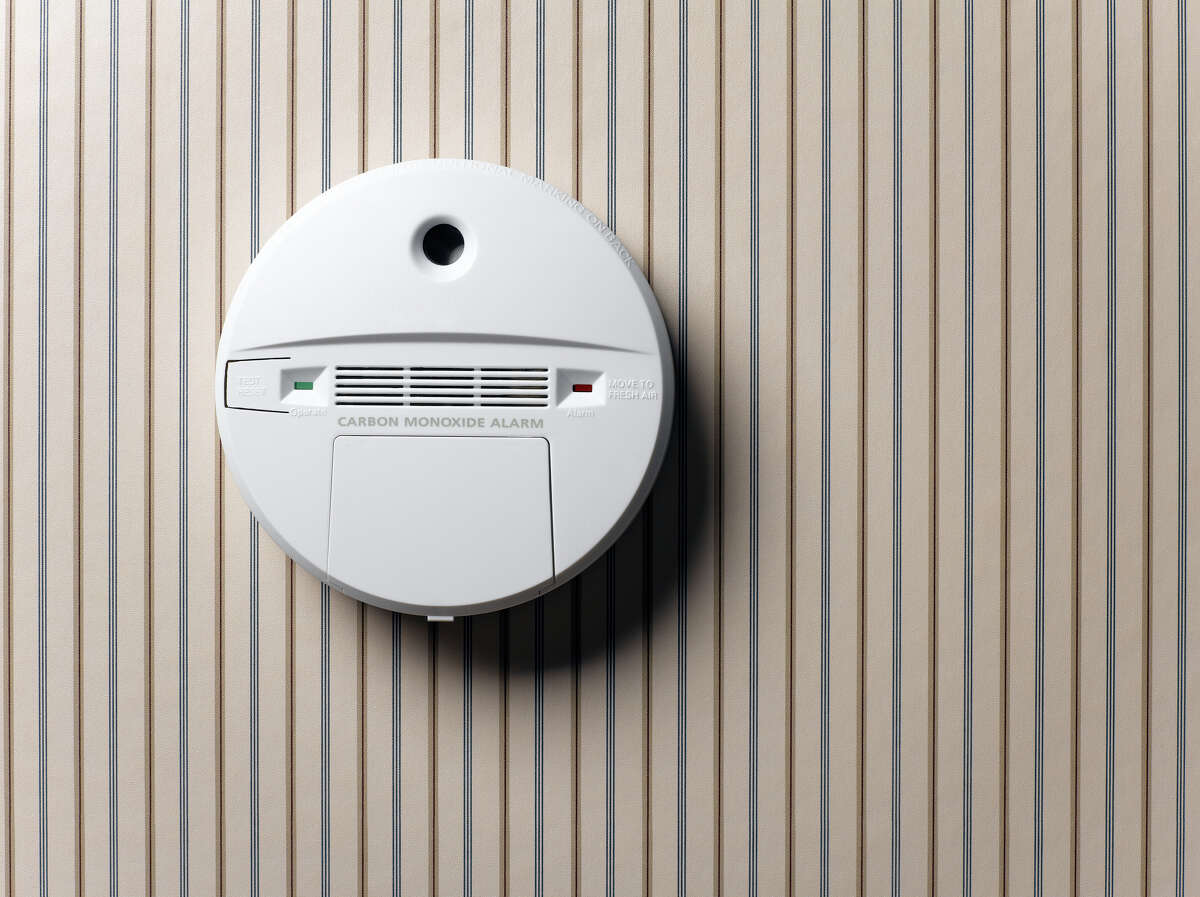
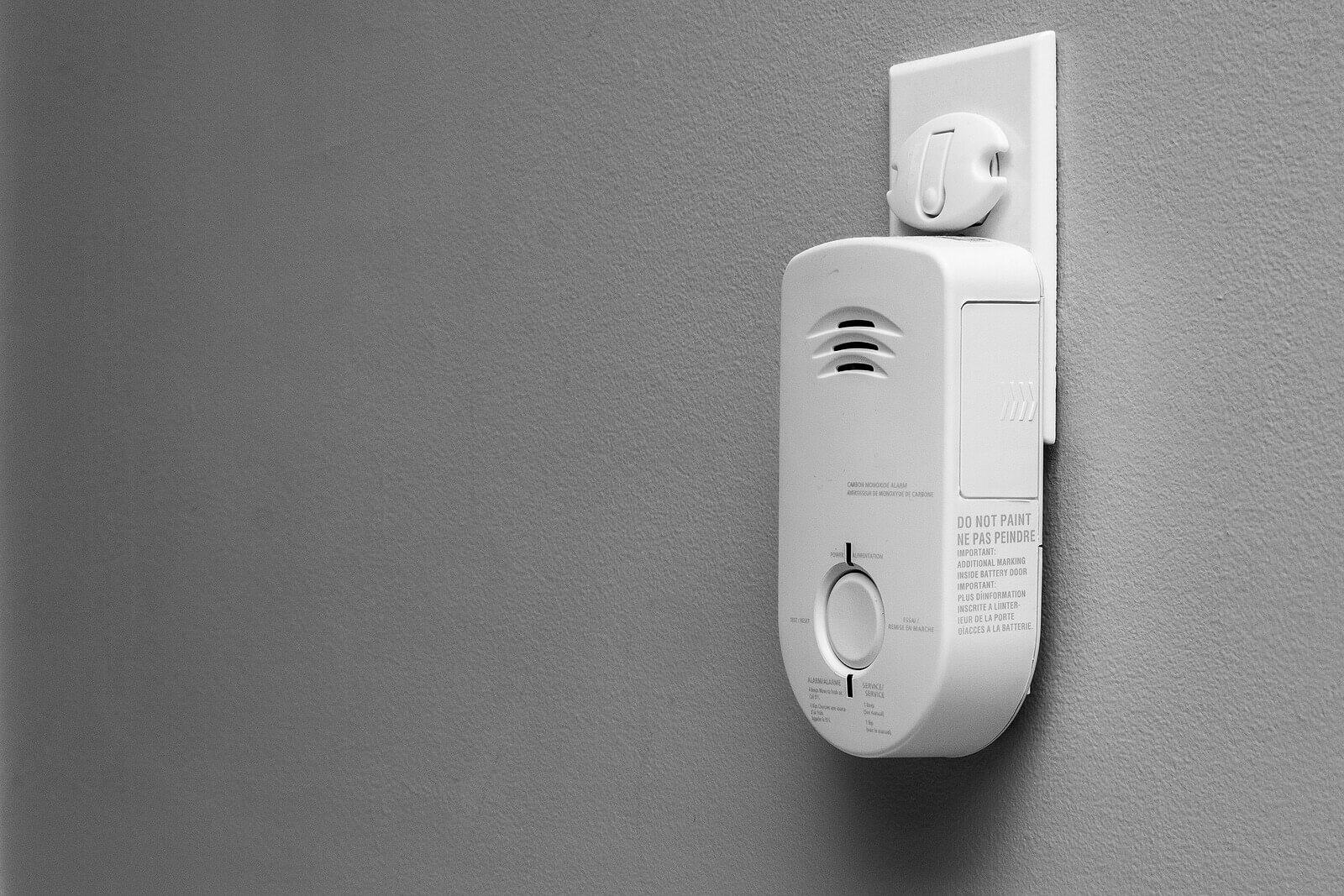
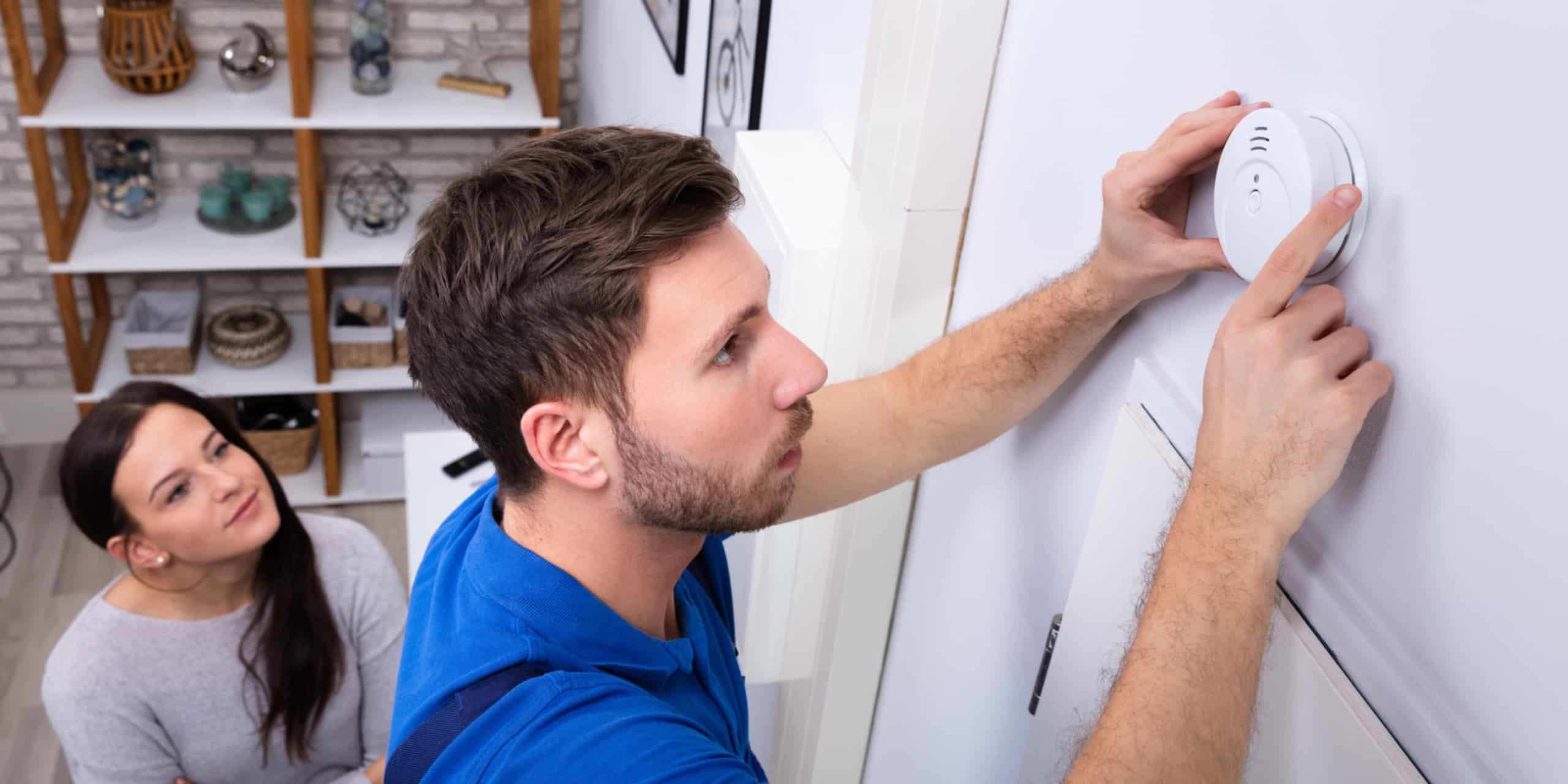
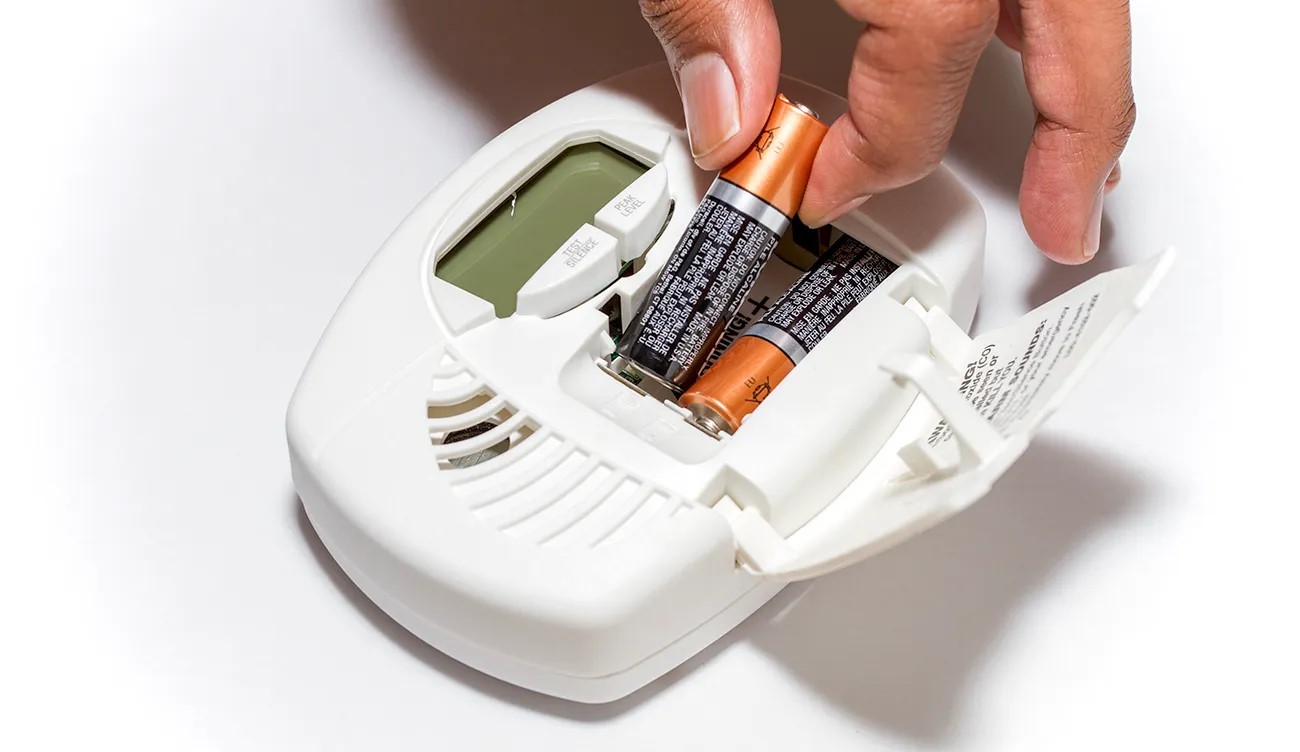
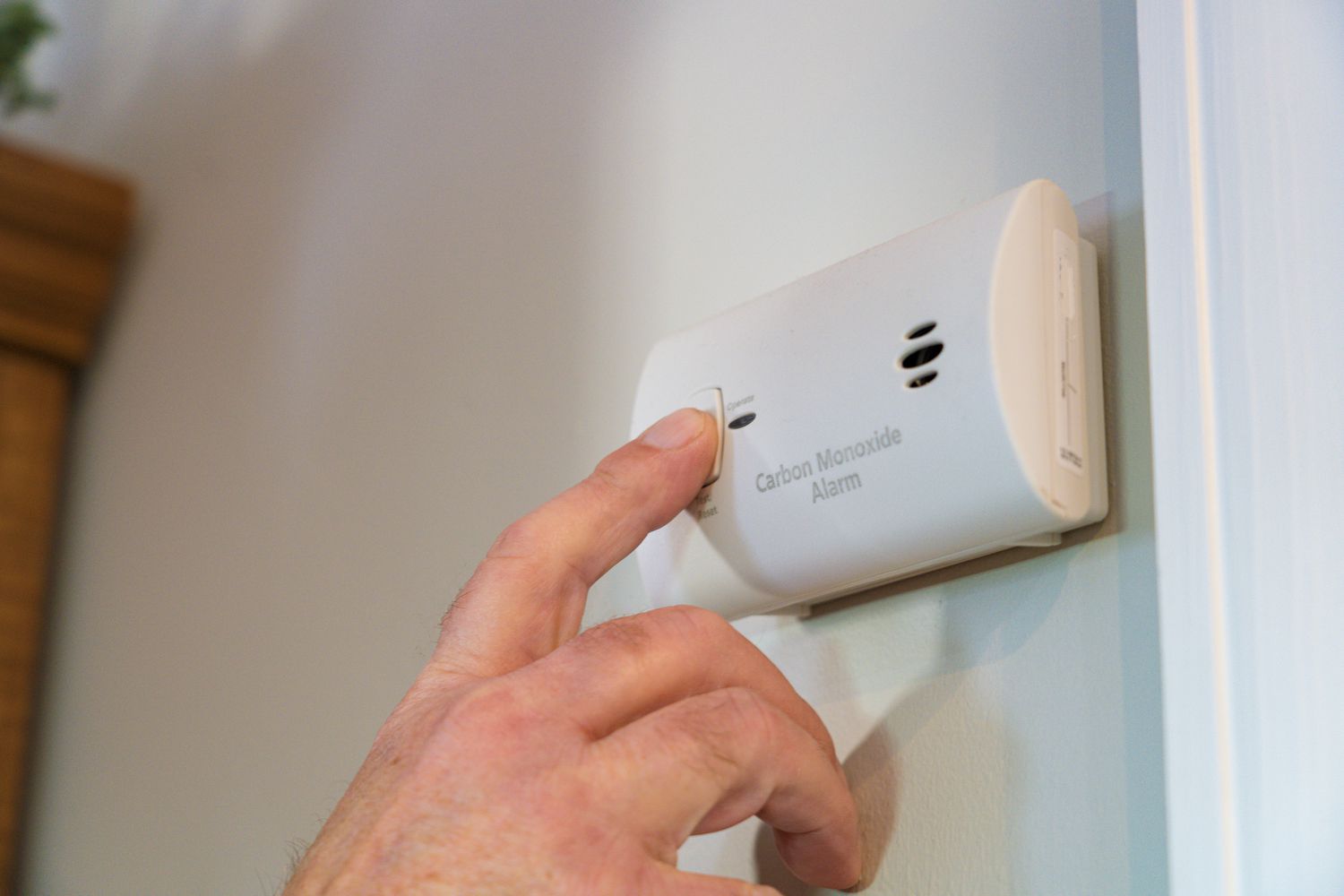
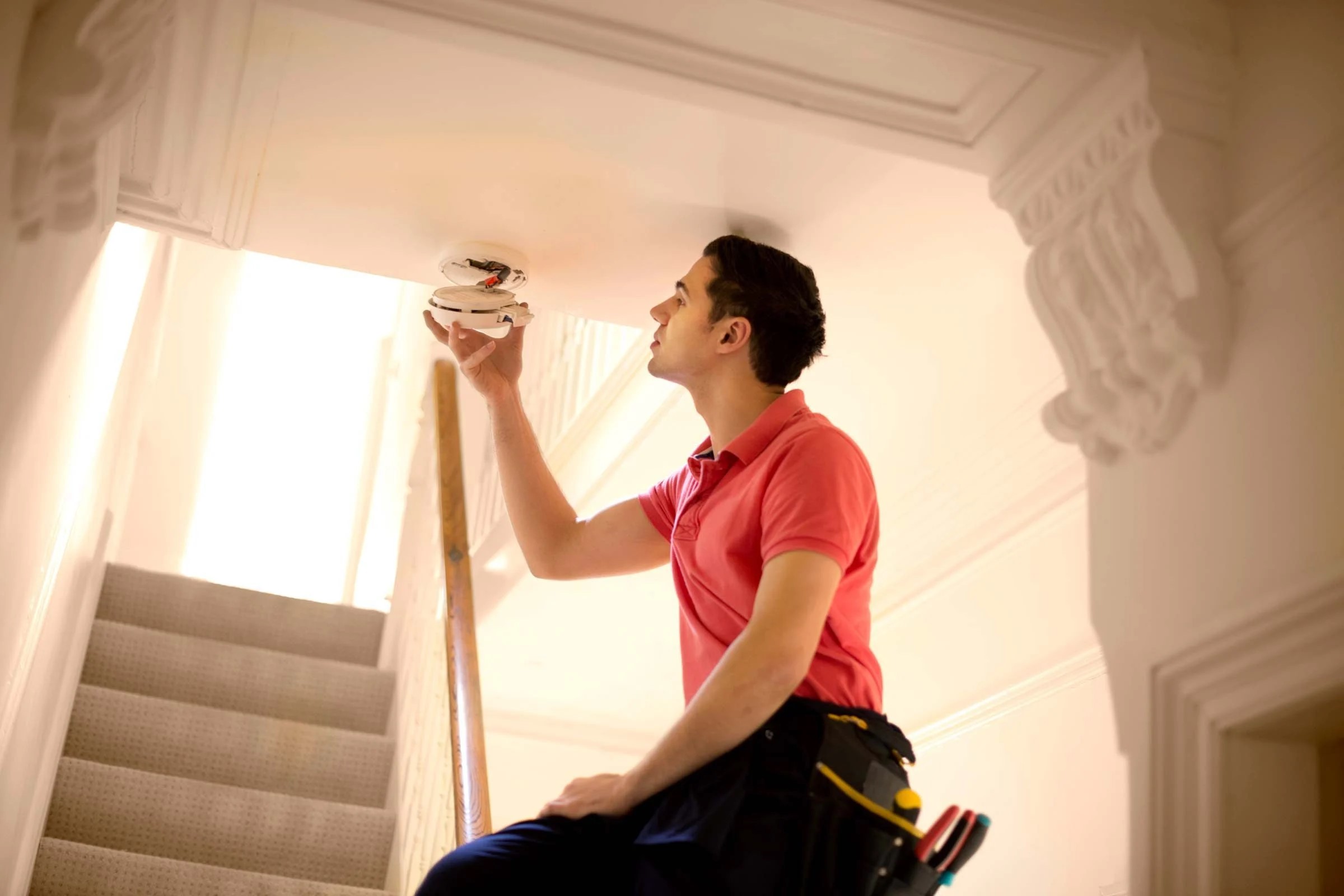
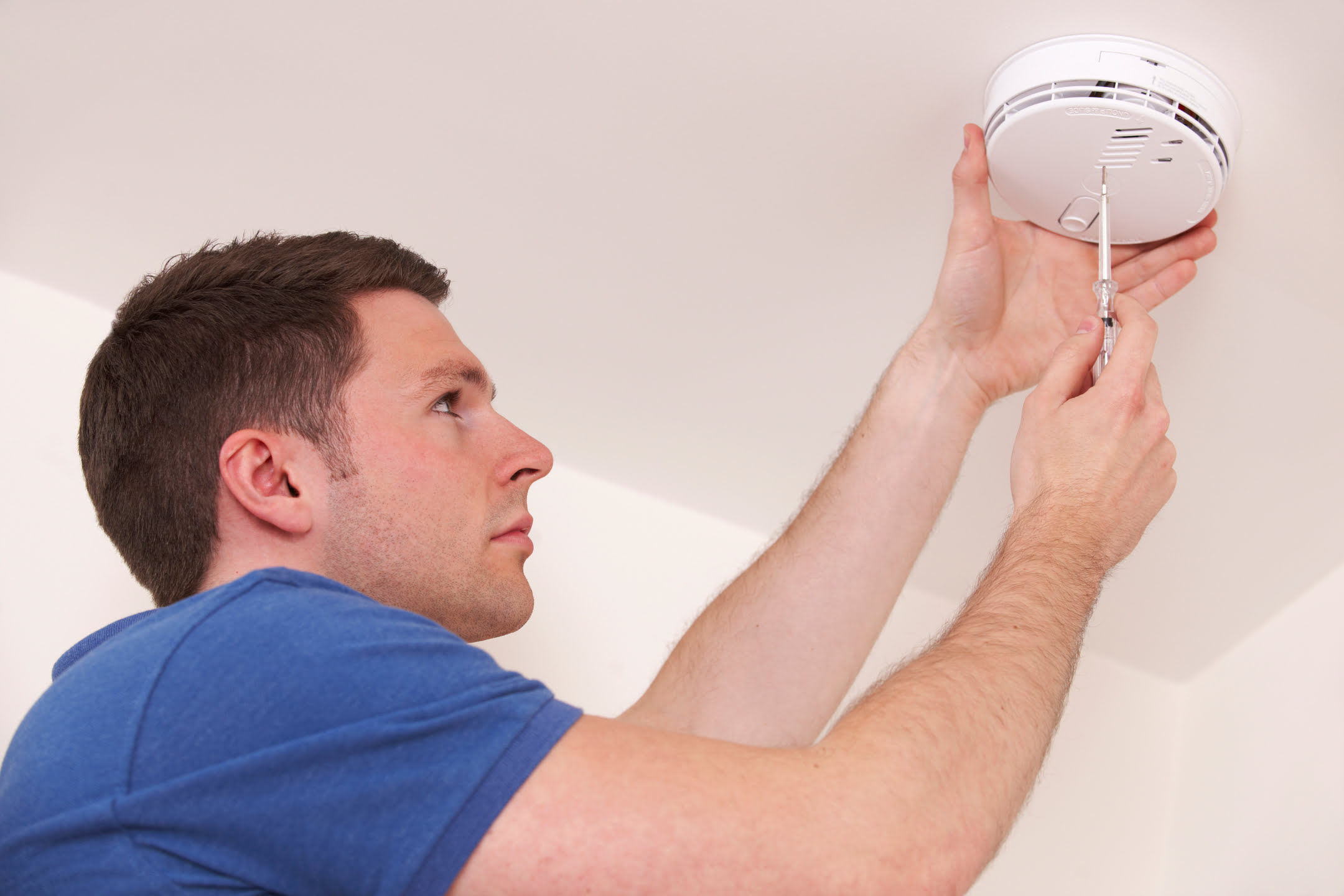
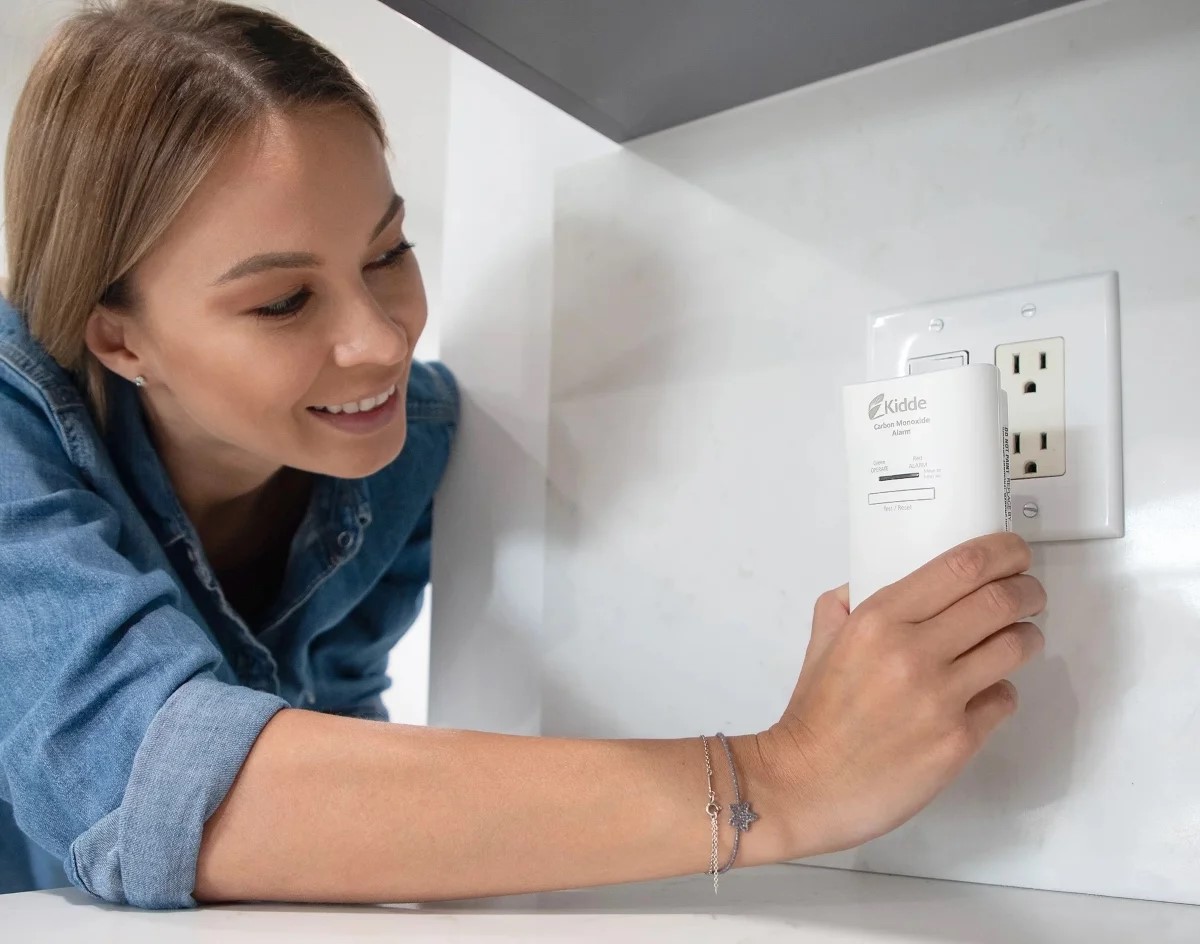
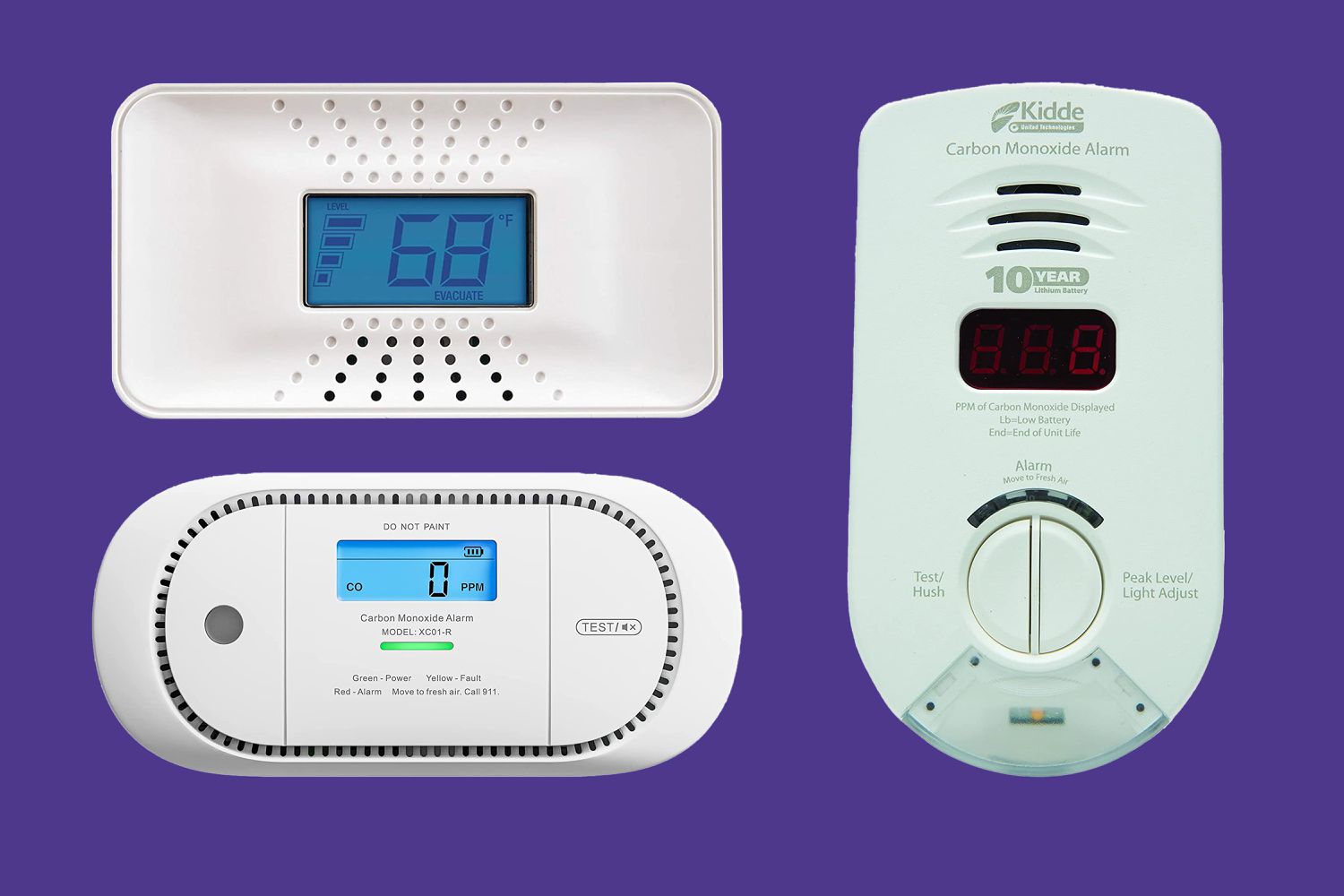
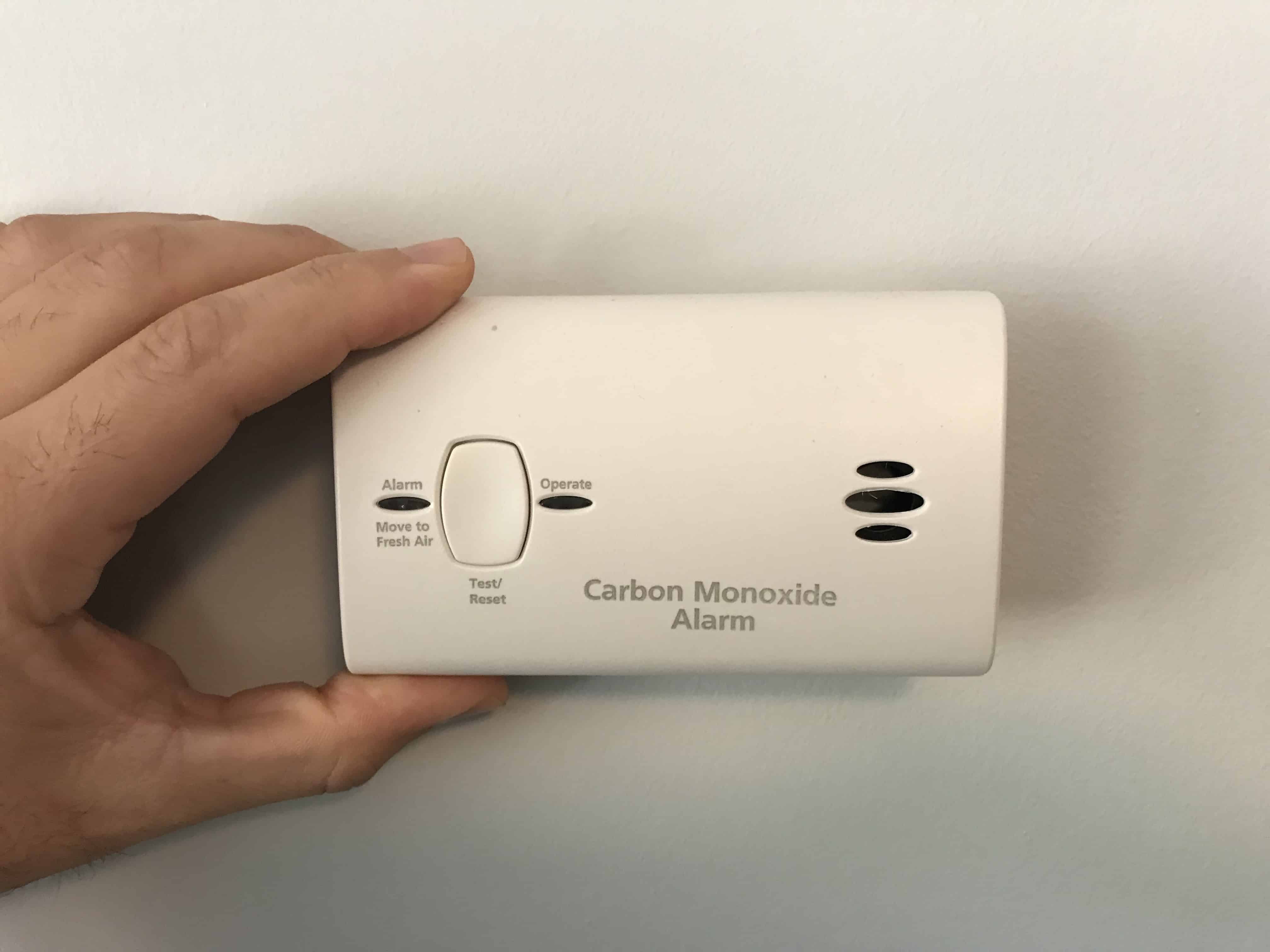
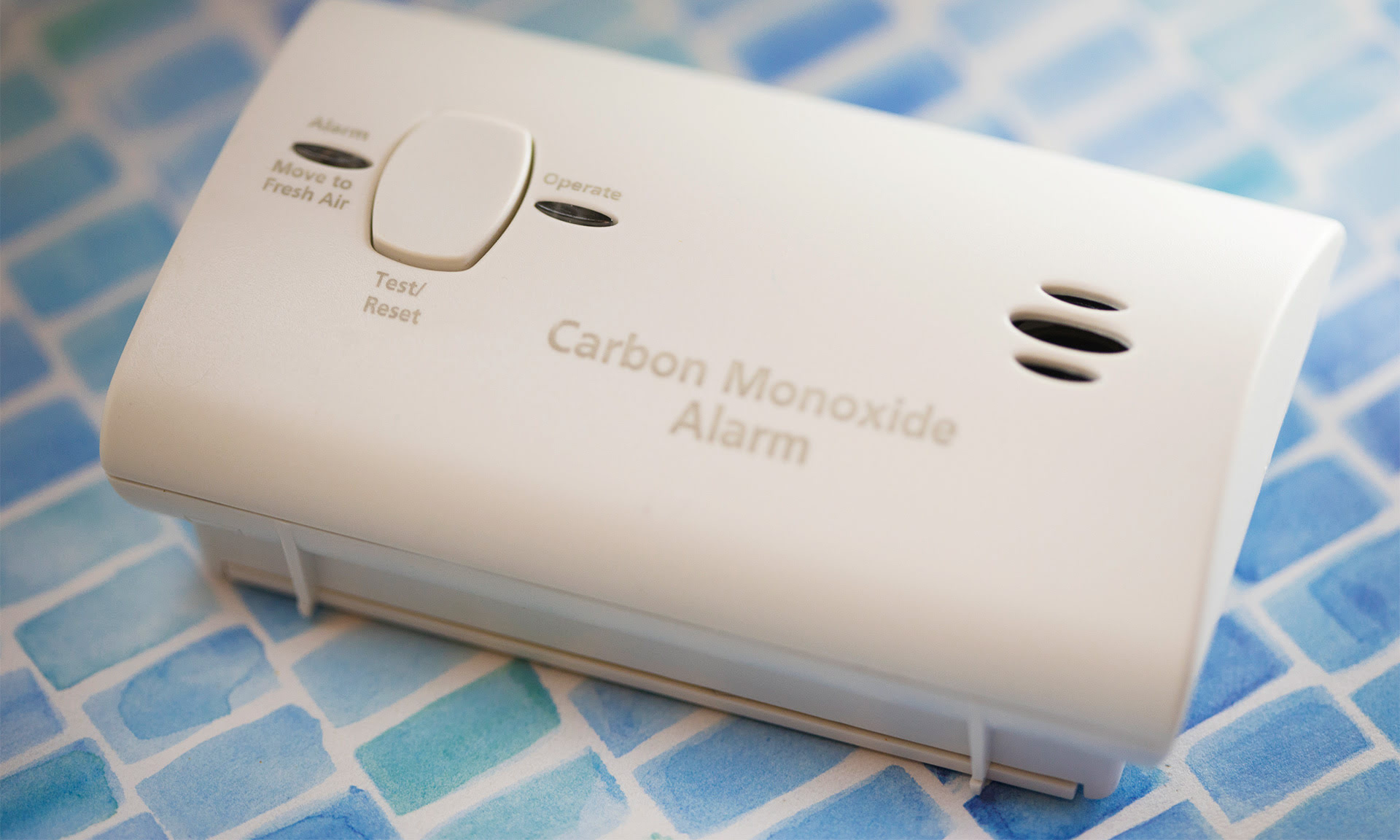
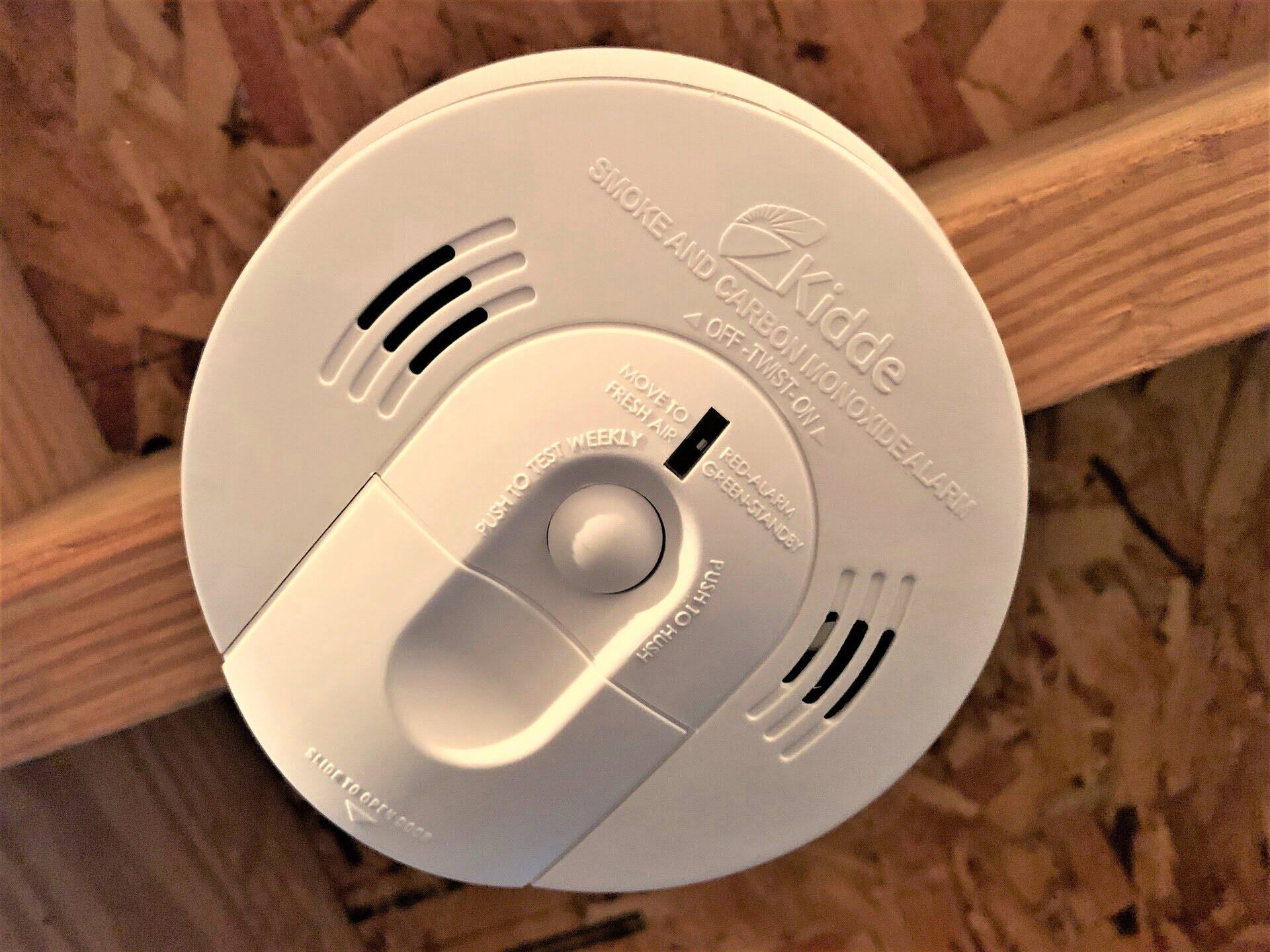

0 thoughts on “Where Should I Put The Carbon Monoxide Detector”